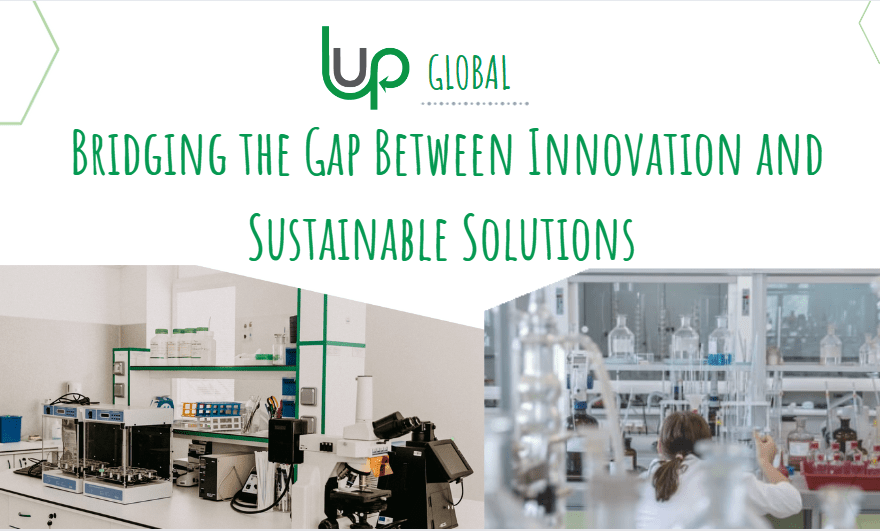

A Lab Procurement Officer’s Guide to Sustainable Equipment Solutions
Written by Hannie Nguyen
Navigating the maze of equipment procurement for labs can be daunting, and I’ve walked that path firsthand. From the intricacies of equipment disposal to the delicate balance of budget constraints, this journey is fraught with obstacles. Today, I am excited to introduce a revolutionary solution that has the potential to reshape this landscape entirely.
LUP: Bridging the Gap Between Innovation and Sustainable Solutions:
LUP is at the forefront, orchestrating a union of diverse entities – Manufacturers, Buyers, Sellers, and Service Partners, all harmonized by the vision of a Circular Economy. This innovative approach addresses the multifaceted challenges associated with laboratory equipment procurement, offering a transformative solution that benefits all stakeholders involved.
Meeting the challenges
Lab managers face numerous challenges, from budgetary constraints to ensuring the longevity of equipment. LUP understands these challenges and is committed to addressing them. By leveraging our extensive network, we provide solutions tailored to the unique needs of lab managers, helping them overcome obstacles and achieve their research goals.
1.Equipment Longevity: Prolonging the Life Cycle
Maintaining the longevity of laboratory equipment is a constant concern for laboratories. Aging equipment has been proven to be correlated to frequent breakdowns, mechanical failures, increased maintenance costs, and disruptions in research activities. Therefore, the need for cutting-edge technology and the practicality of extending the lifespan of existing equipment must be balanced. Proactive measures are necessary to address issues related to wear and tear and technological obsolescence.
how lup helps
We offer a sustainable solution by facilitating the exchange of pre-owned, certified equipment. Through our meticulous pairing of sellers and buyers, we extend the life cycle of laboratory instruments, reducing waste and providing labs with access to high-quality, reliable equipment at attractive price points.
2.Procurement Time: Streamlining the Process
Face time-consuming procurement processes, from researching available options to negotiating deals can delay research projects and hinder the overall efficiency of the laboratory. An extended procurement timeline impacts the ability to meet project deadlines and stay competitive. ([insert relevant data or link to industry insights]).
how lup helps
To satisfy the need for the balance between the need for thorough research and the urgency of acquiring equipment promptly, LUP streamlines the procurement process with a free strategic sourcing service, saving lab managers valuable time. Our potential sourcing teams work collaboratively with labs, ensuring they have first access to our exclusive inventory. This efficiency allows lab managers to focus on their research priorities without compromising on the quality of equipment.
3. Disposal Reinvented
The global pressure on resources is growing, and the problem of disposing of old lab equipment is multifaceted, posing both logistical challenges and environmental repercussions. Environmental sustainability is a growing focus in the scientific community, with labs seeking ways to reduce their ecological footprint. Hence, laboratories are under pressure to adopt sustainable practices in equipment procurement, disposal, and overall laboratory operations. This requires a careful evaluation of suppliers and a commitment to reducing waste.
how lup helps
LUP addresses the sustainability challenge by reinventing equipment disposal. Through our circular economy approach, we minimize waste by connecting sellers with buyers, promoting the reuse of certified equipment. Our meticulous pairing of sellers and buyers revives once-forgotten lab equipment, ensuring adherence to rigorous industry benchmarks. Choosing LUP aligns with a lab’s commitment to sustainability, making it a responsible and eco-friendly choice for equipment procurement
4. Demand vs Economic Efficiency
By 2030, global laboratory equipment investment is expected to surge by 7.62% from 2022, primarily driven by demand from the biotechnology and pharmaceutical sectors. However, budget constraints are a pervasive issue in the scientific community, affecting both large research institutions and smaller laboratories. Lab managers must seek cost-effective solutions without compromising the quality and functionality of the equipment. This financial strain can hinder the progress of crucial research projects and limit the overall efficiency of the laboratory.
how lup helps
By collaborating with LUP, lab managers can save up to 70% on equipment costs, thanks to our strategic sourcing process and exclusive access to a diverse inventory. LUP’s commitment to economic efficiency enables labs to stretch their budgets further, redirecting funds to critical research and development endeavors.
5. Technology Integration: Keeping Pace with Advances
The fast-paced nature of technological advancements in the scientific field poses a continuous challenge for laboratories. Lab managers grapple with the constant evolution of technology and the need to integrate the latest advancements into their laboratories. The lack of a structured approach to technology integration can lead to inefficiencies and disruptions. Moreover, ensuring compatibility with existing systems and training personnel on new equipment can be time-consuming and challenging.
how lup helps
LUP’s strategic sourcing process includes expert guidance on technology integration. We collaborate with labs to identify equipment that aligns with their existing infrastructure, providing not only cutting-edge technology but also a smooth integration process. This ensures that labs can stay at the forefront of scientific advancements without experiencing operational disruptions.
6. Maintenance & Support
For maintenance, we always advocate reaching out to the Original Equipment Manufacturer (OEM) to discuss parts and service possibilities for the acquired model. Given our vast insights, a majority of OEMs persistently back equipment even if it’s purchased second-hand, provided they are still in the production phase of that specific variant. They offer indispensable aids such as Preventative Maintenance (PM) plans, complemented by a consistent provision of parts and consumables.
However, in rare cases where the OEM is unable to support the equipment, rest assured that LUP has established partnerships with a network of highly qualified service engineers equipped to handle a wide range of equipment, from the highest-grade surgical equipment to more generic lab incubators. We’re more than happy to refer you directly to them, ensuring your equipment receives the exceptional care it deserves.
Join The revolution
If you’re a Lab Procurement Officer tired of navigating the challenges of equipment procurement, consider the time you could save with LUP’s free strategic sourcing process for your capital equipment needs. Share your equipment requirements with us, and you’ll have first access to our available inventory.
In tandem, we possess the potential to amplify the longevity of laboratory apparatus, curtail landfill contributions, and carve a path for a sustainable scientific research horizon.
Contact US
Interested in used and under-utilized laboratory equipment? Or perhaps you have equipment that could find renewed purpose elsewhere? Get in touch now at info@lupglobal.com
Visit the (L)ove (U)r (P)lanet official website at: https://www.lupglobal.com/
Explore more available equipment here: Laboratory Equipment Archives
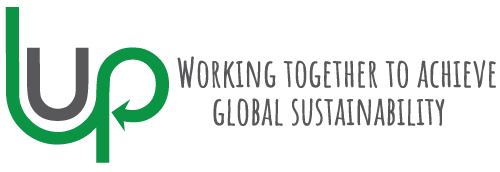
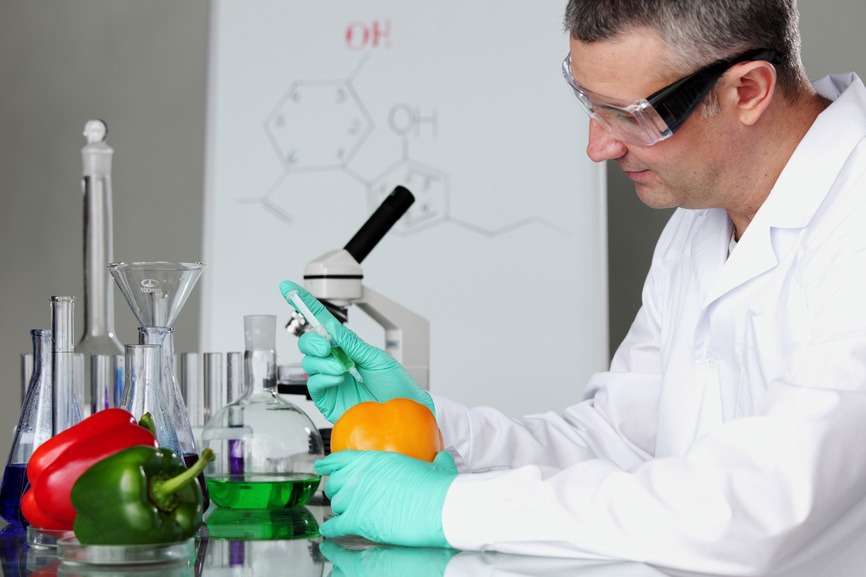
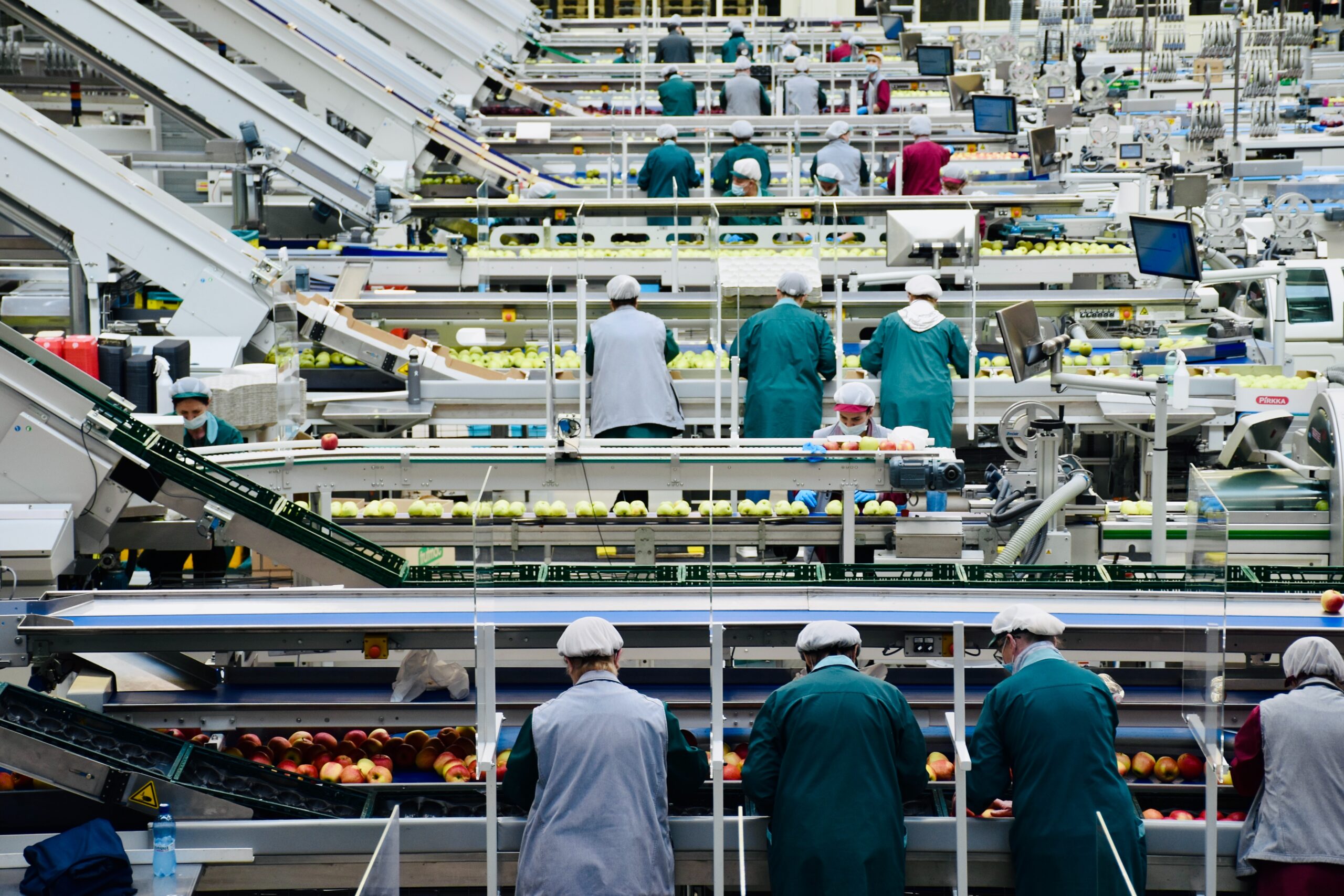
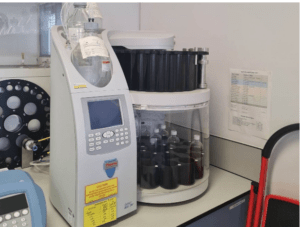
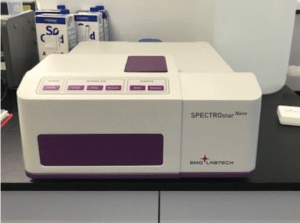
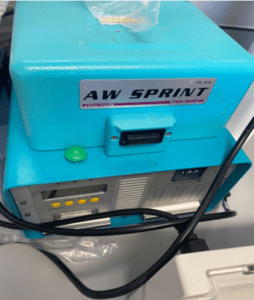
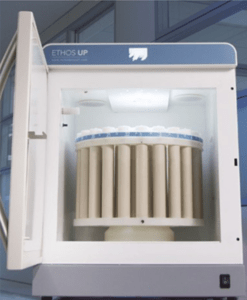
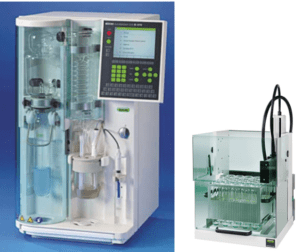
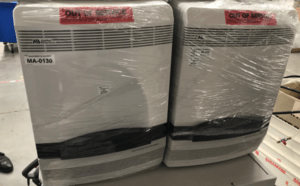
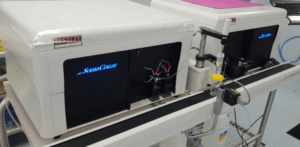
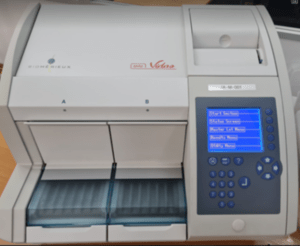
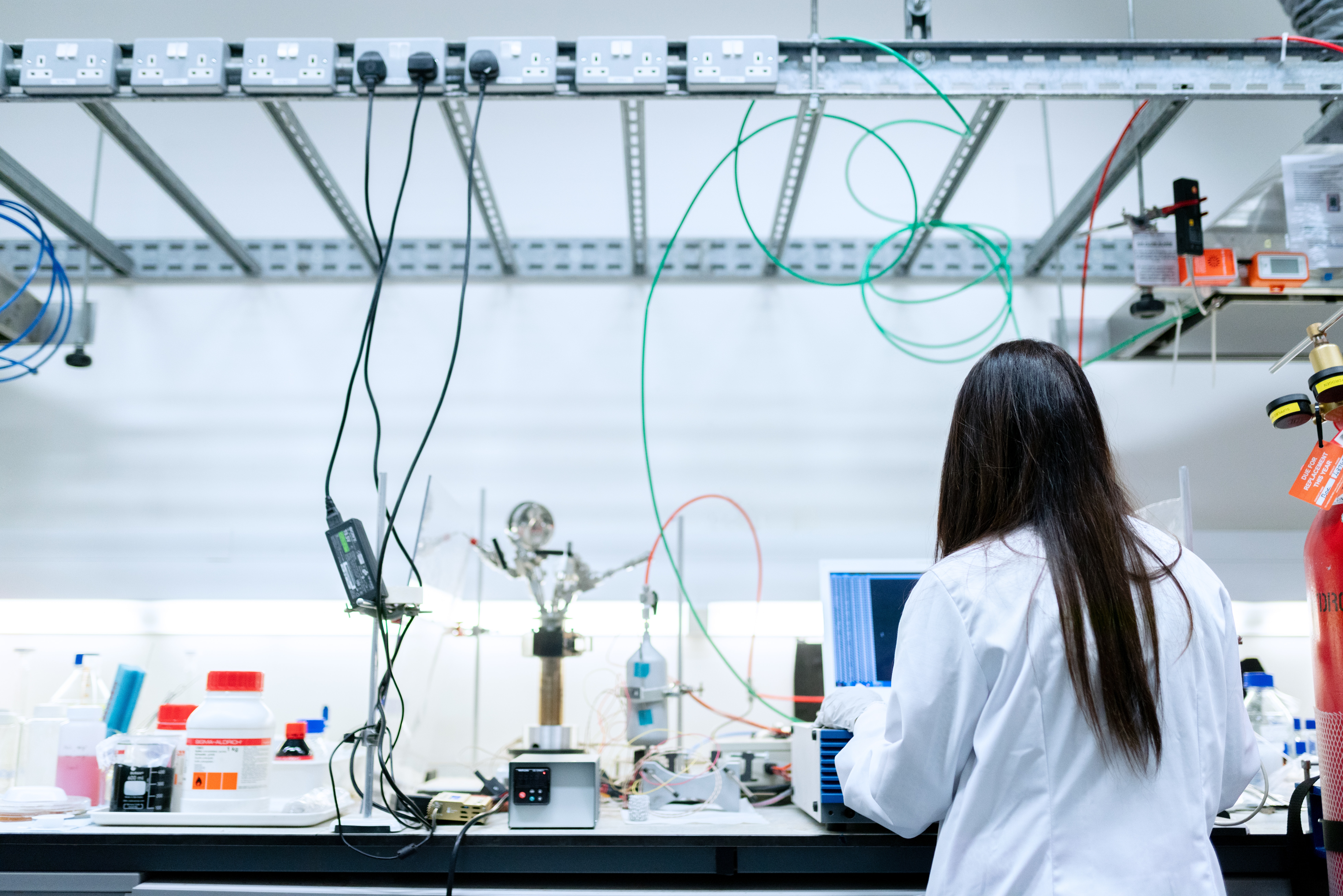
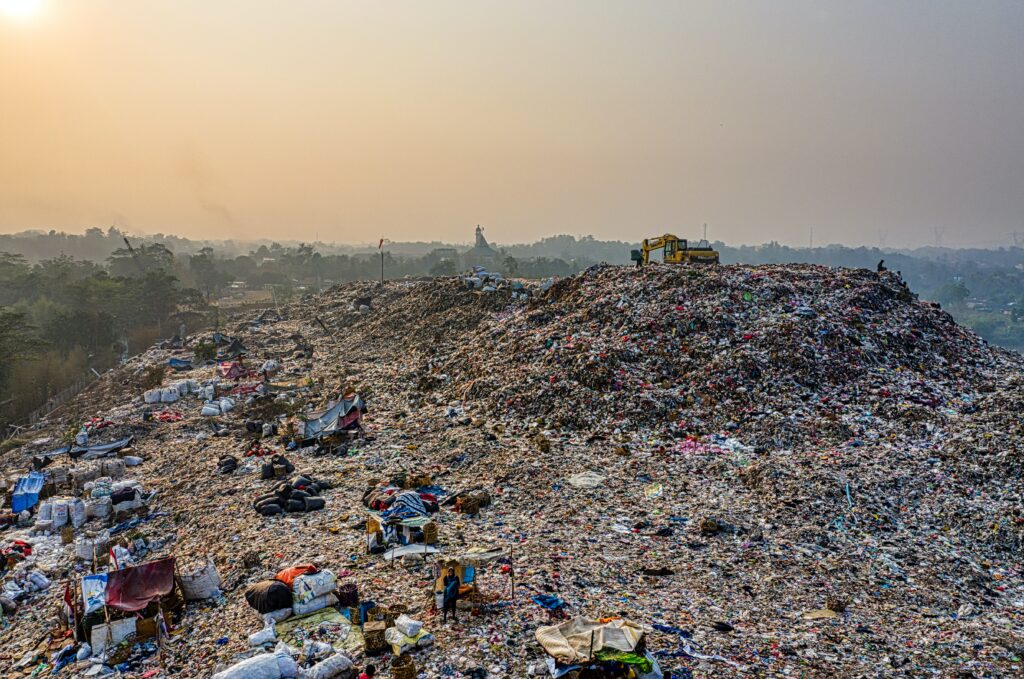
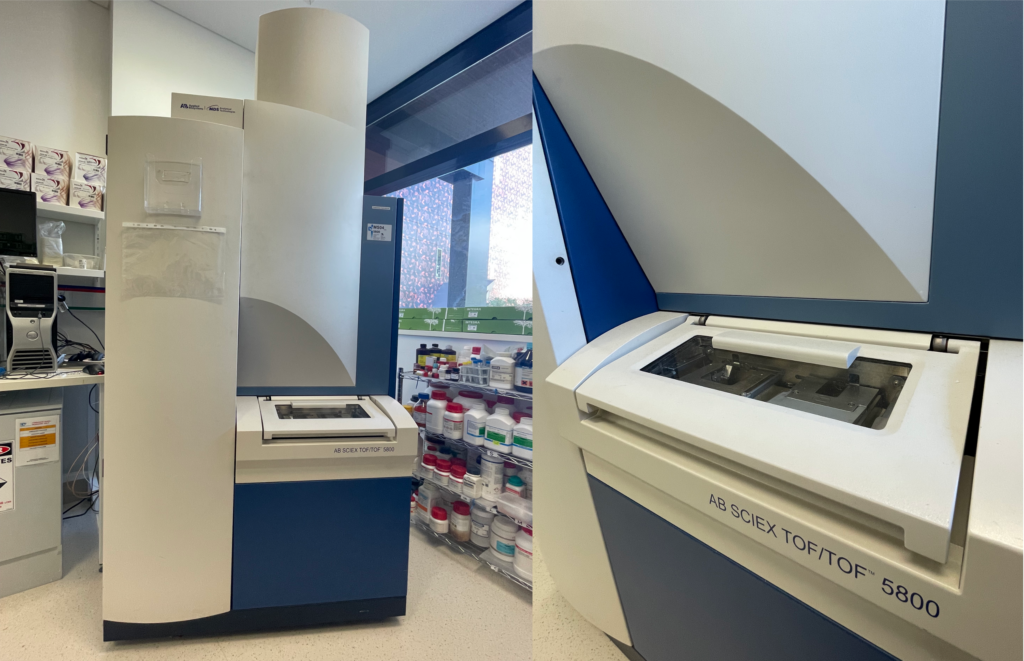
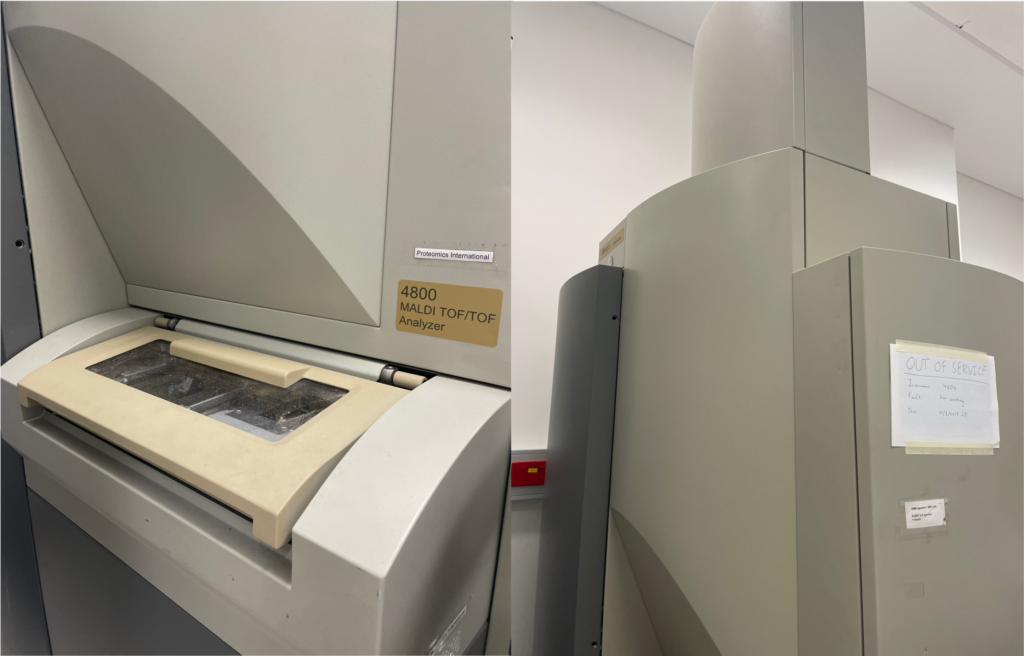
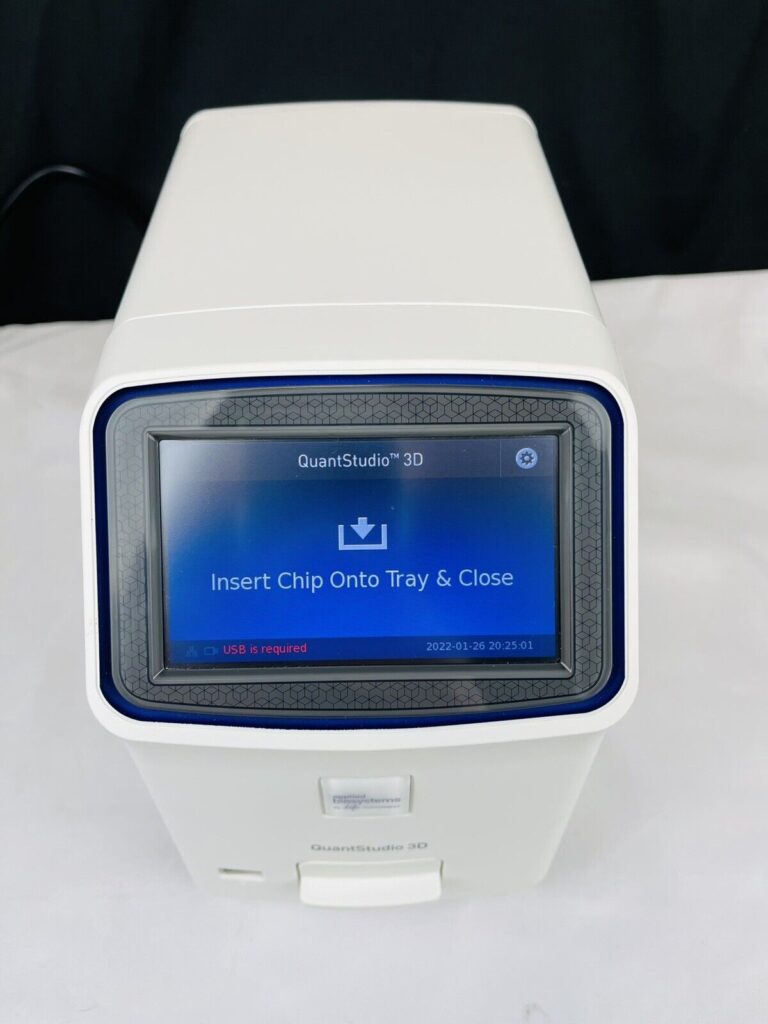
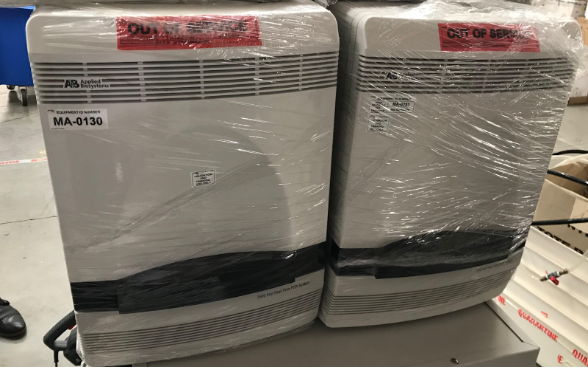
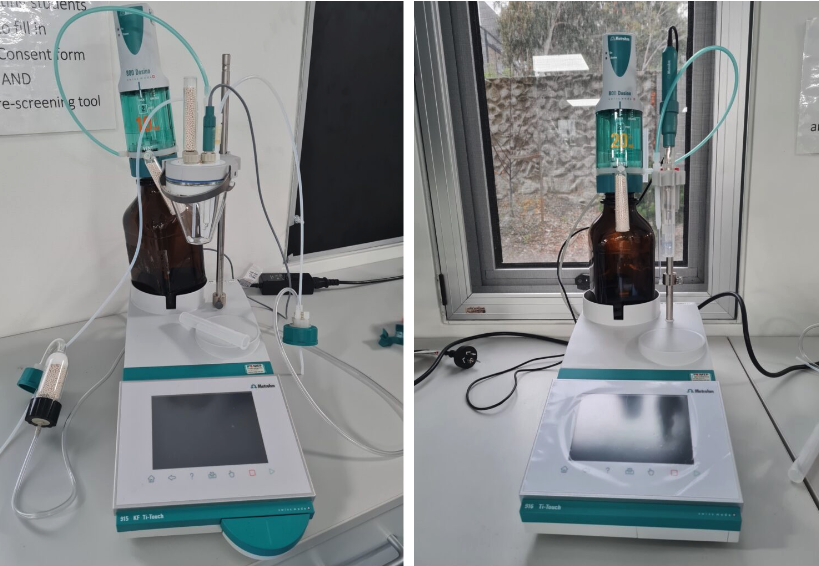
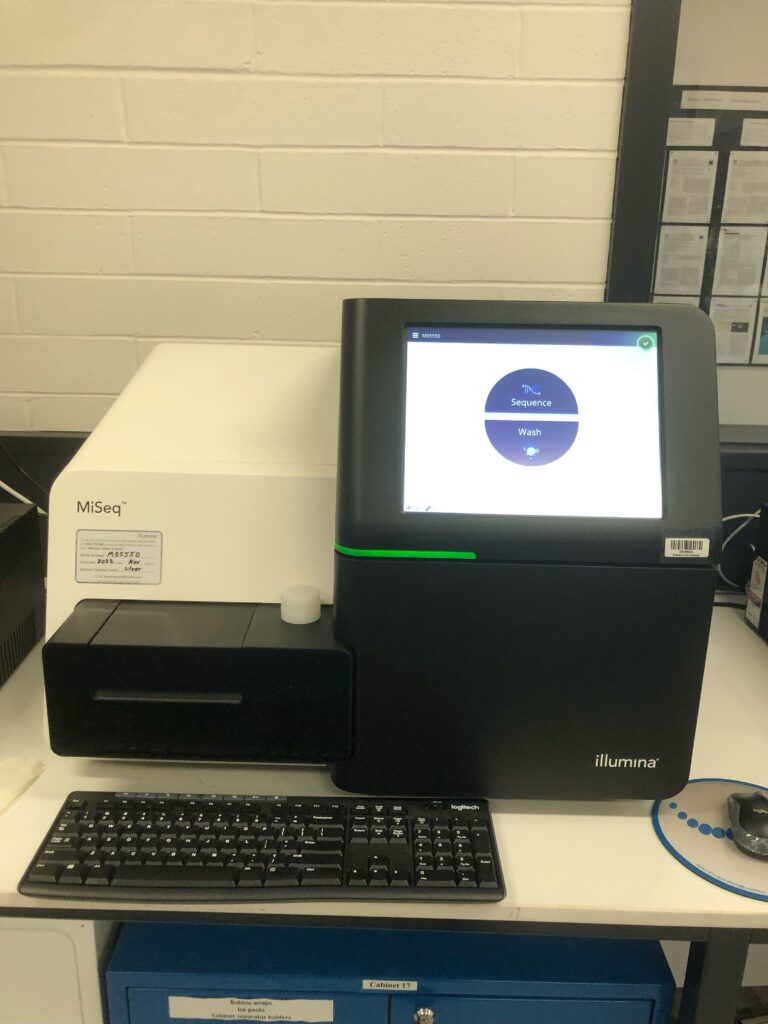
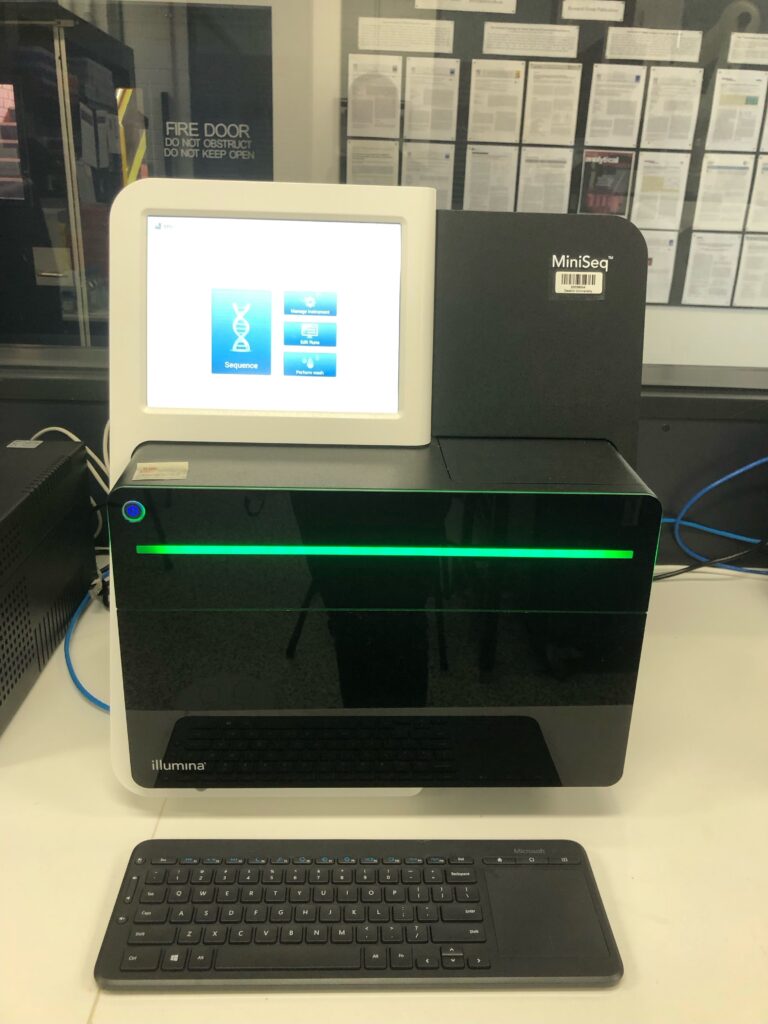

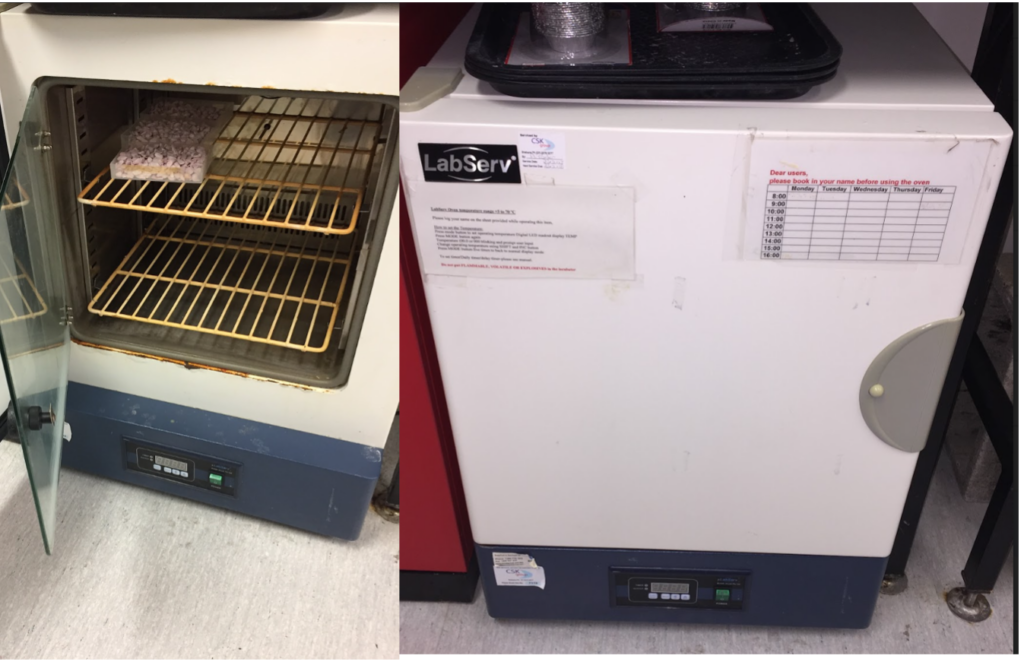
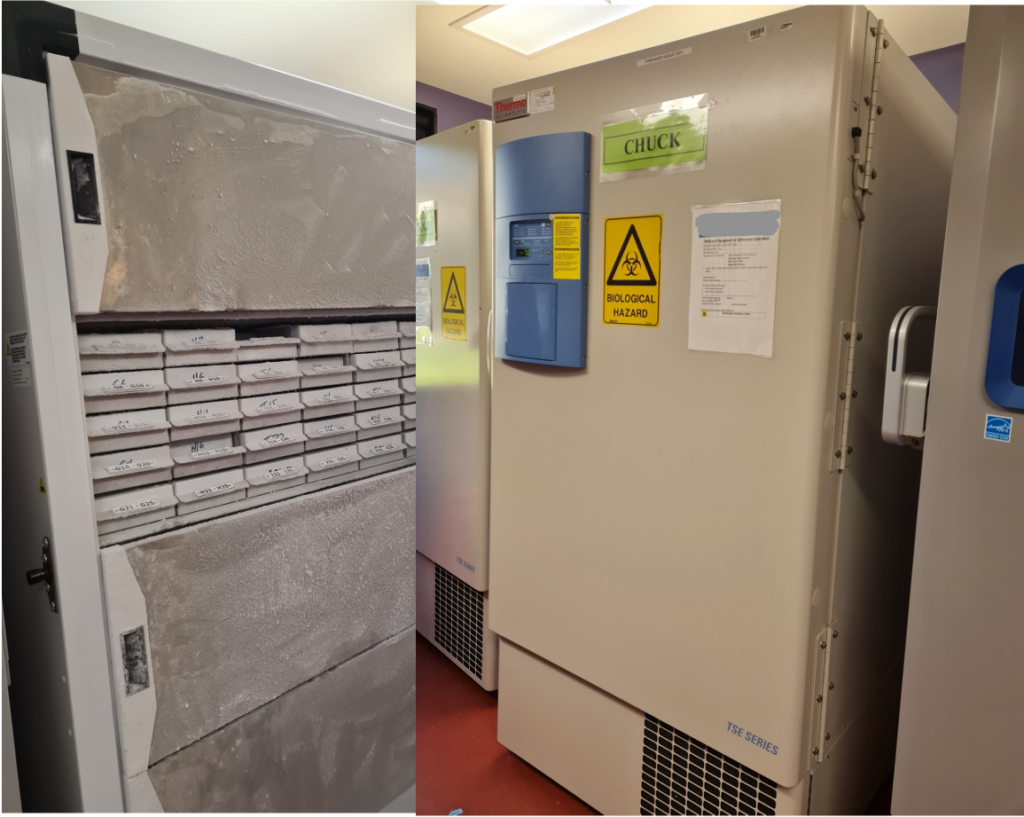
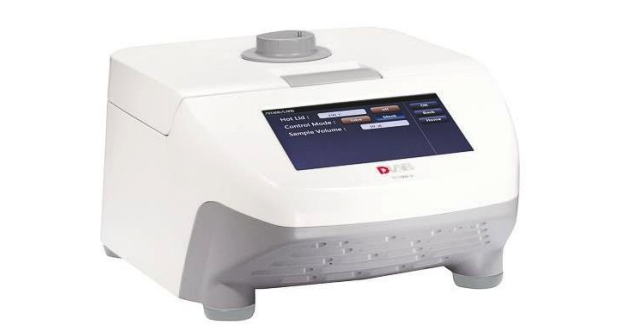
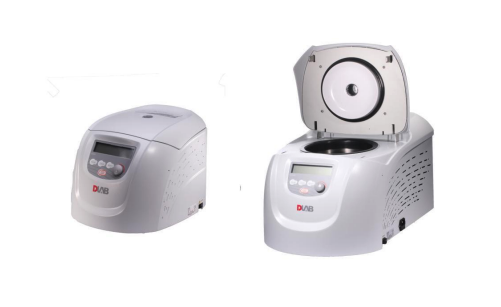
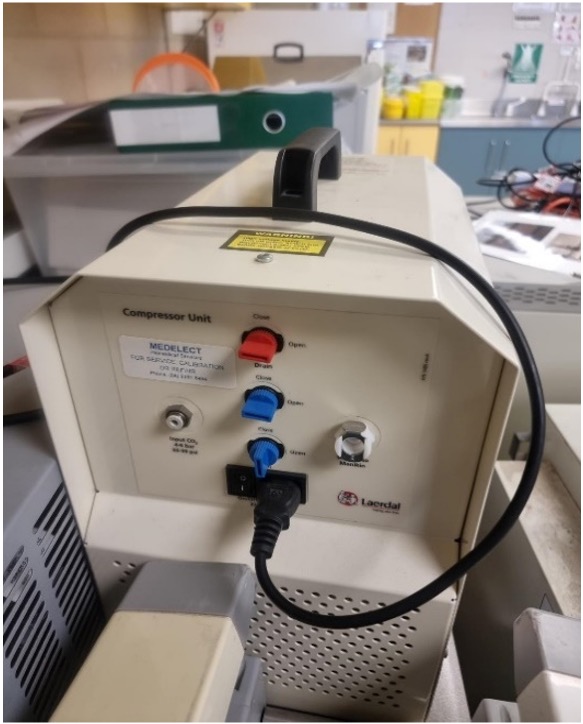
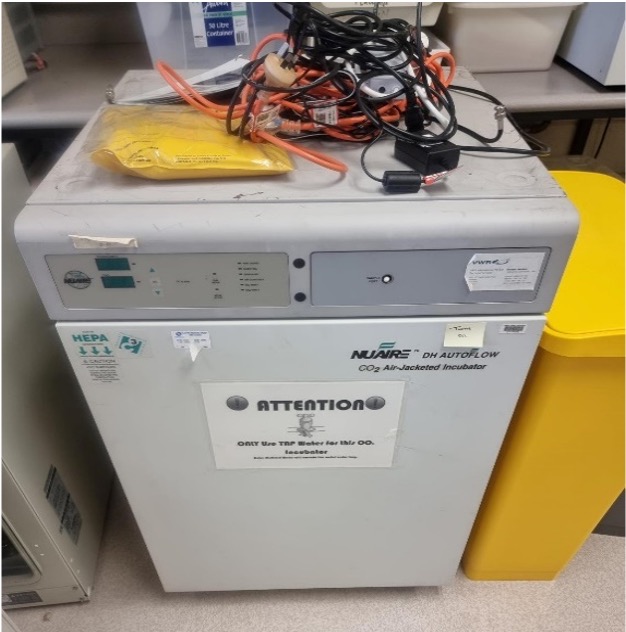


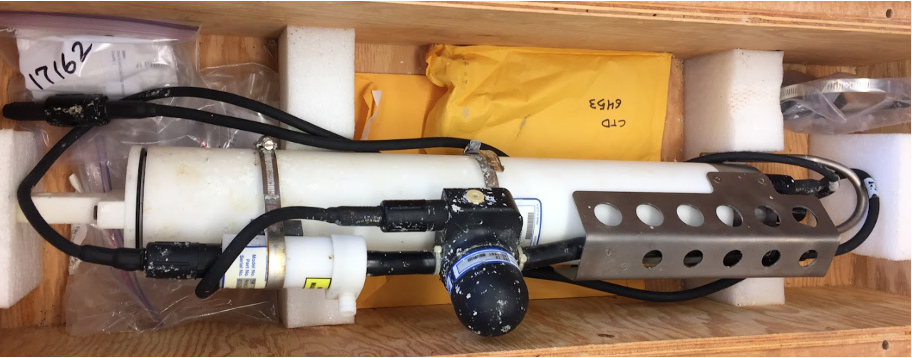
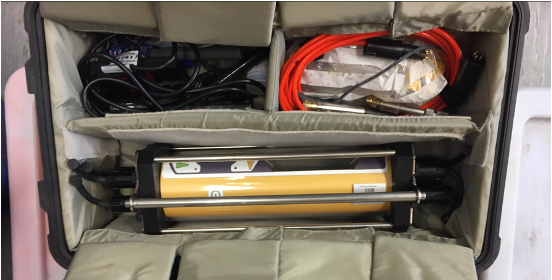
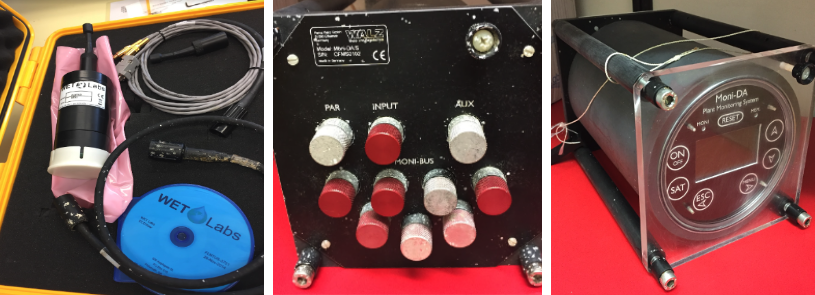
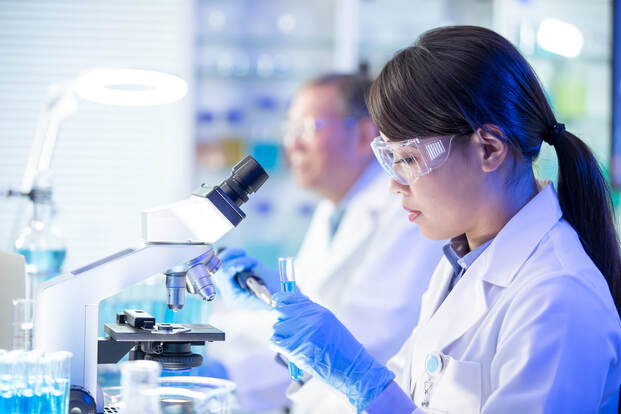


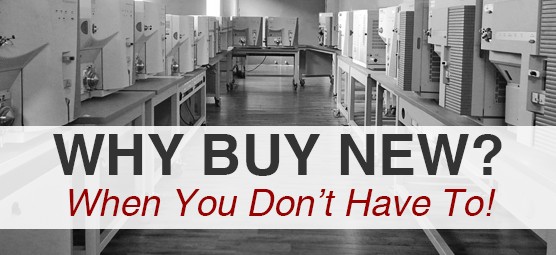
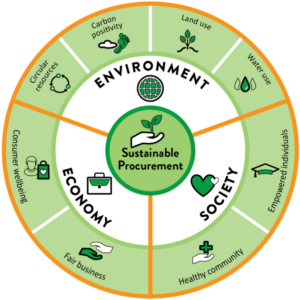
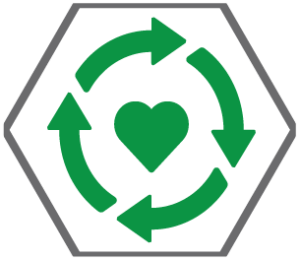
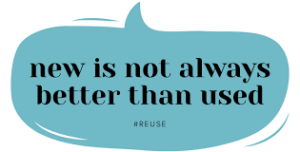
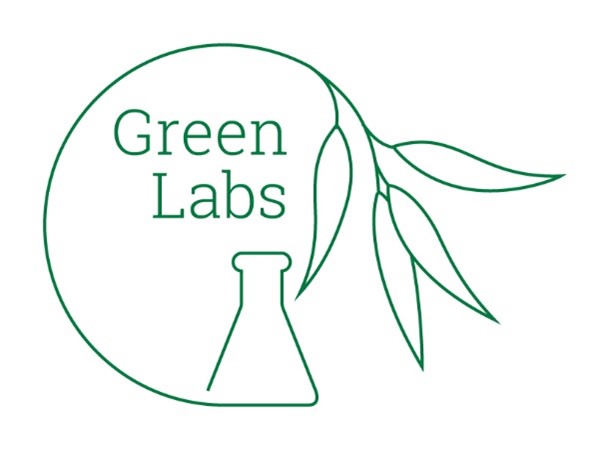
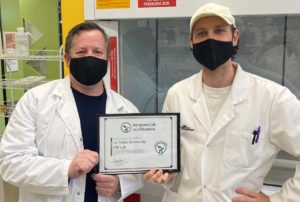
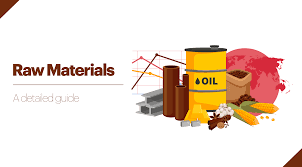
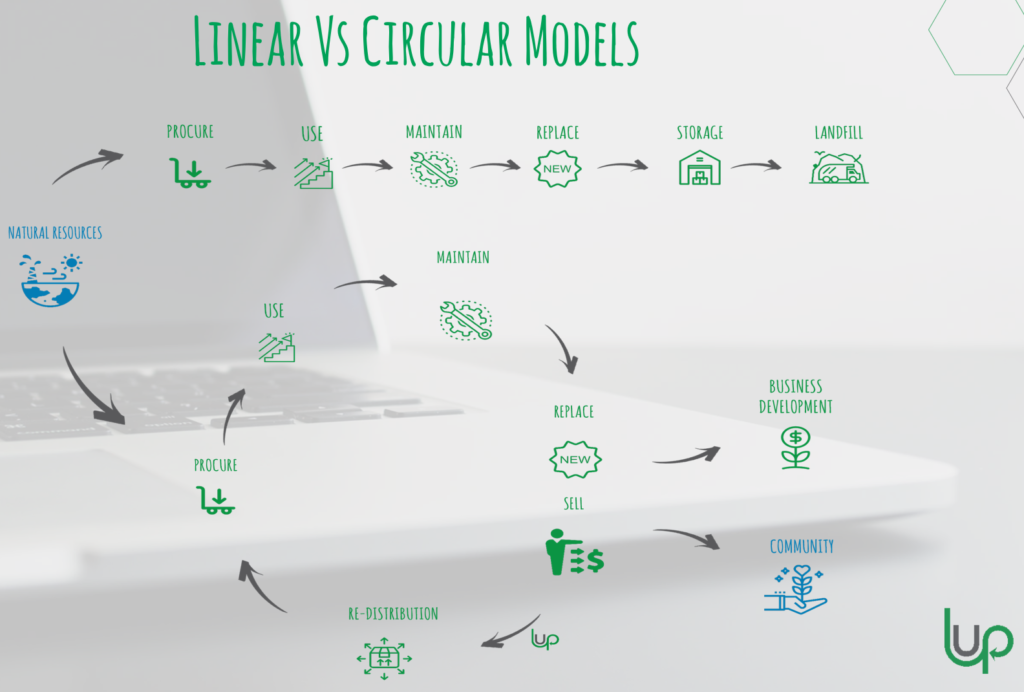
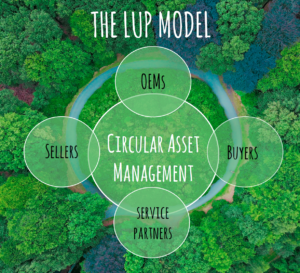
Share with your network: